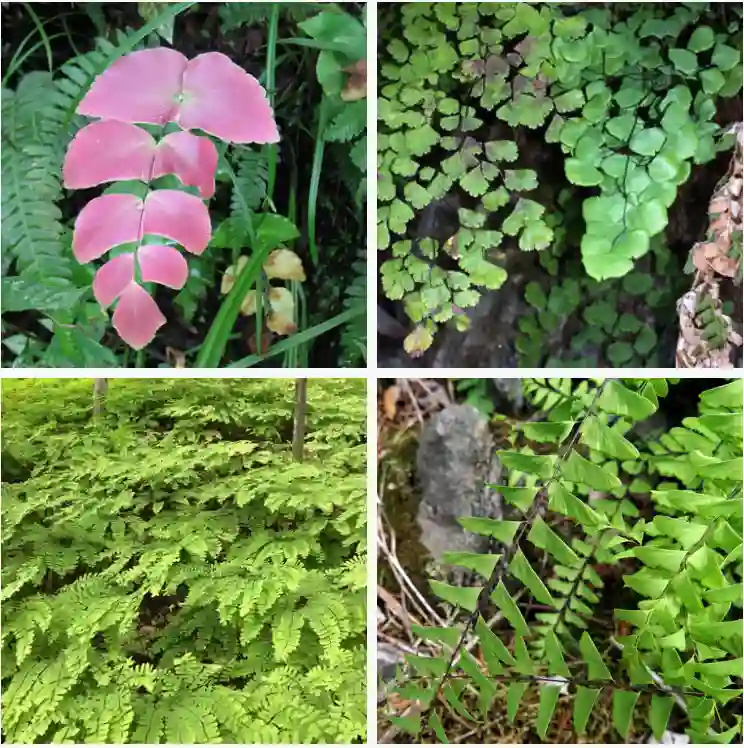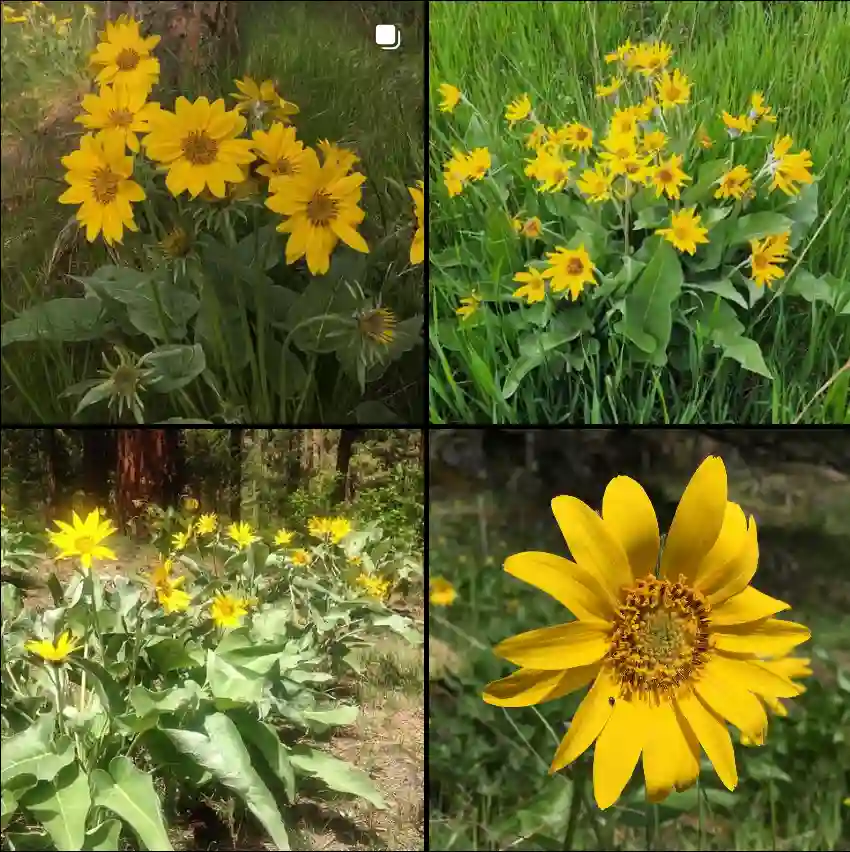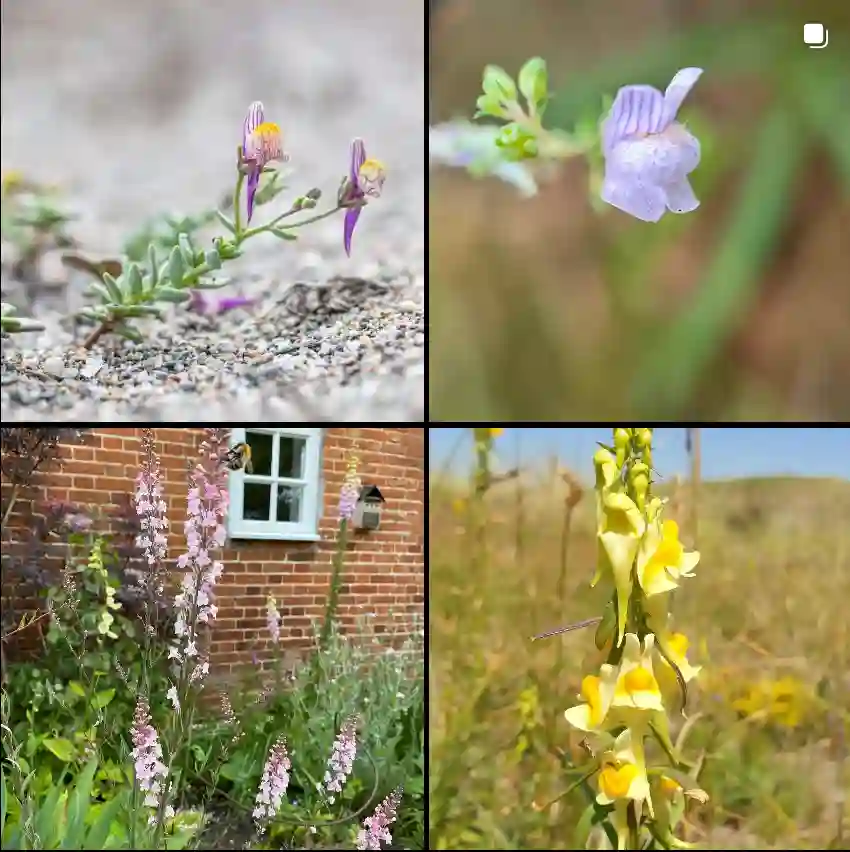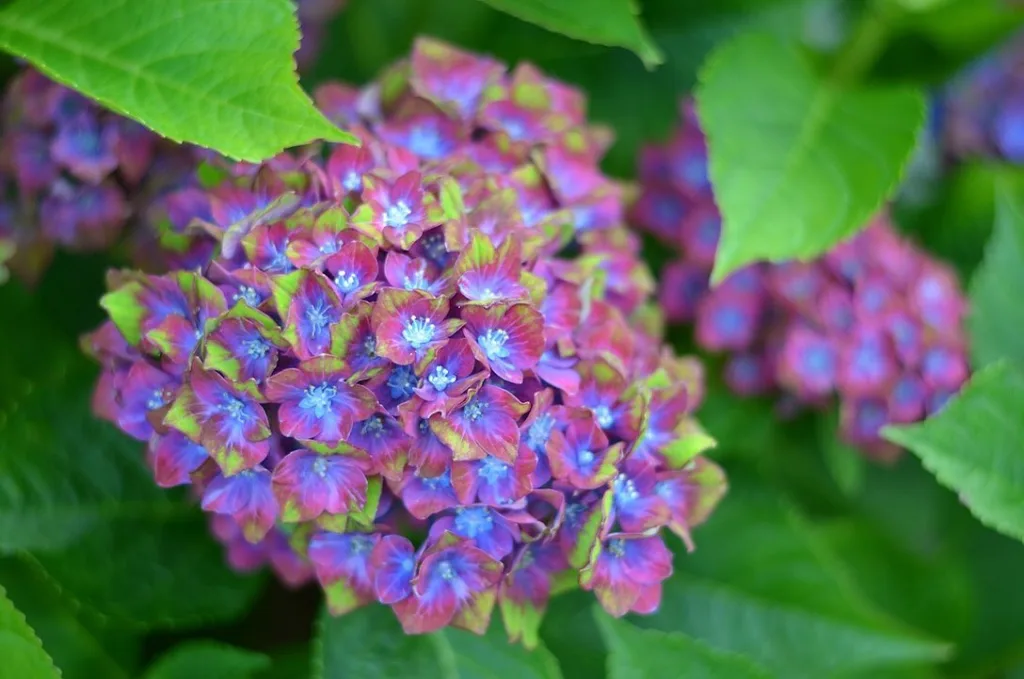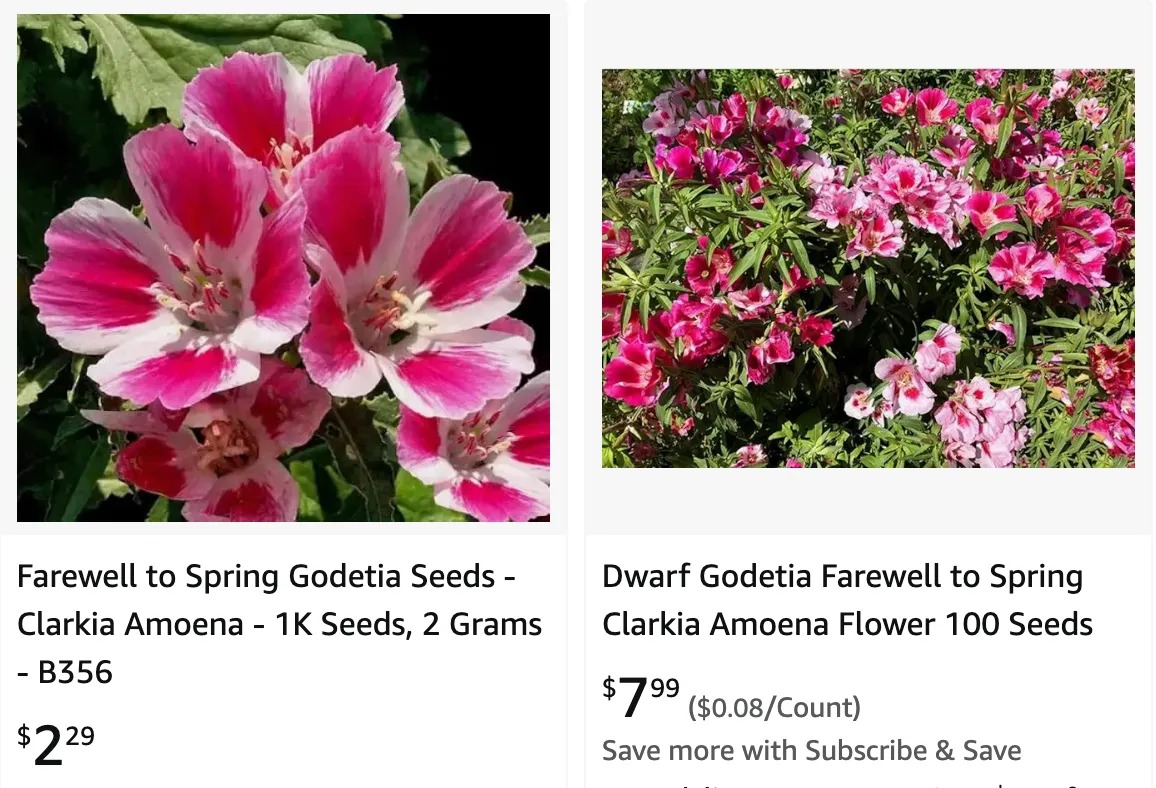
All About Clarkia Amoena: A Farewell-to-Spring Favorite
Hi there, Ferb Vu here! Today, we’re diving into the world of Clarkia amoena, a captivating wildflower with a name as charming as its blooms. Often called Farewell-to-Spring, this little beauty boasts vibrant colors and easy-going care, making it a favorite among gardeners.
Whether you’re a seasoned plant enthusiast or a curious newcomer, this FAQ will equip you with all the essential knowledge to cultivate and appreciate Clarkia amoena.
42 Species in Genus Clarkia
What is Clarkia Amoena?
Clarkia amoena is a flowering annual native to western North America. It thrives in the coastal hills and mountains, stretching from British Columbia down to the San Francisco Bay Area.
This delightful plant typically reaches heights of 1 meter (3.3ft) and boasts slender, linear leaves. But the real showstopper lies in its flowers. Clarkia amoena produces stunning, cup-shaped blooms in shades of pink to pale purple. Each flower features four broad petals that can span from 1.5 to 6 centimeters (0.6 to 2.4 inches) in length.
Why is it Called Farewell-to-Spring?
The whimsical name, Farewell-to-Spring, perfectly captures Clarkia amoena’s blooming period. It bursts into a colorful display in late spring and continues to grace gardens throughout early to mid-summer. As summer heat intensifies and spring fades away, Clarkia amoena bids farewell with its vibrant display.
Is Clarkia Amoena Easy to Grow?
Absolutely! Clarkia amoena is a gardener’s dream, especially for those new to the world of flowering plants. It’s an annual, meaning it completes its entire life cycle, from germination to seed production, within a single year. This allows for quick results and the joy of witnessing its entire transformation.
What are the Growing Conditions for Clarkia Amoena?
Clarkia amoena thrives in well-drained soil and prefers a location with full sun exposure. However, it can also tolerate partial shade, making it adaptable to a variety of garden settings.
Here’s a quick rundown of its ideal growing conditions:
- Light: Full sun to partial shade
- Soil: Well-draining soil, even slightly sandy soil is suitable
- Watering: Moderate watering, especially during the initial growth stage. Once established, it becomes quite drought-tolerant.
- Temperature: Clarkia amoena prefers cool to mild temperatures. It can tolerate moderate summer heat but might struggle in excessively hot climates.
How Do I Plant Clarkia Amoena?
Planting Clarkia amoena is a straightforward process. You can either choose to sow seeds directly outdoors or start them indoors for earlier blooms.
- Direct Sowing: Sow seeds directly into your garden bed after the danger of frost has passed. Aim for a depth of about ¼ inch (0.6 cm) and space the seeds around 6-8 inches (15-20 cm) apart.
- Indoor Seeding: Start seeds indoors 4-6 weeks before the last frost date. Use a seed starting mix and provide adequate light. Once the danger of frost has passed, transplant the seedlings outdoors, maintaining the recommended spacing.
How Do I Care for Clarkia Amoena?
Clarkia amoena is a low-maintenance plant. Here are some basic care tips to keep your Farewell-to-Spring flourishing:
- Watering: Water regularly during the initial growth stage, especially during dry spells. Once established, reduce watering frequency as it becomes more drought-tolerant.
- Deadheading: Regularly deadhead spent flowers to encourage continuous blooming throughout the season. Simply pinch off the wilted flowers at the base of the stem.
- Fertilizer: While not strictly necessary, a light application of balanced fertilizer during the growing season can promote bushier growth and even more blooms.
Does Clarkia Amoena Attract Pollinators?
Yes, Clarkia amoena is a pollinator magnet! Its vibrant blooms and sweet nectar attract a variety of beneficial insects, including bees, butterflies, and hummingbirds. This makes it a fantastic addition to gardens that support pollinator populations.
Can Clarkia Amoena Be Grown Indoors?
While Clarkia amoena thrives outdoors, growing it indoors can be a bit challenging. It prefers cool temperatures and ample sunlight, which can be difficult to replicate consistently indoors. However, if you’re determined, try using a grow light and keeping the plant in a cool location near a window.
Does Clarkia Amoena Have Any Pests or Diseases?
Clarkia amoena is generally resistant to most pests and diseases. However, some potential issues include:
- Aphids: These small, sucking insects can damage leaves and flowers. You can control them with insecticidal soap or neem oil spray.
- Foot and stem rot: This fungal disease can occur in overly wet conditions. Ensure proper drainage and avoid overwatering to prevent this issue. If you notice signs of rot, remove affected plants immediately to prevent the spread.
Does Clarkia Amoena Have Any Special Uses?
Beyond its undeniable beauty, Clarkia amoena offers several additional benefits:
- Cut Flowers: The stunning blooms make excellent cut flowers for bouquets. They hold their shape well in a vase and add a touch of elegance to any arrangement.
- Wildflower Gardens: Clarkia amoena is a perfect addition to wildflower gardens. Its vibrant colors attract pollinators and create a natural, low-maintenance landscape.
- Deer Resistance: Deer tend to avoid Clarkia amoena, making it a great choice for gardens susceptible to browsing deer.
Conclusion:
Clarkia amoena is a delightful wildflower that offers a combination of vibrant beauty, easy care, and ecological benefits. Its cheerful blooms and adaptability to various garden settings make it a winner for anyone looking to add a touch of charm to their outdoor space. So, why not give Clarkia amoena, the Farewell-to-Spring, a try in your garden? You might just find yourself captivated by its easygoing nature and stunning floral display.
If i die, water my plants!
